Views : 1124
Author : Lina
Update time : 2022-09-02 15:34:52
How can RPET solve our world's plastic pollution problem?
Commonly used is RPET, which is the abbreviation of Recycled Polyethylene Four Algae. We will explain more about PET below. But for now, know that PET is the fourth most widely used plastic resin in the world. From clothing to food packaging, PET can be found everywhere. If you see the term "RPET" it means that the PET used in the product should come from a previously used source.
What is PET?
To be clear, every plastic you've ever used is made using a specific polymer. PVC milk bottles will be made of a different material than PET water bottles.
PET is made from crude oil. The process of extracting crude oil from the ground seriously affects the environment. To make molten PET, you use an alcohol called ethylene glycol and mix it with terephthalic acid. When the two products are bonded together, an esterification reaction occurs, resulting in the long-chain polymer PET.
We choose polymers based on the properties of the final product. PET is a thermoplastic. This means it can be easily bent into the desired shape by heating, and then it retains its strength once cooled. PET is lightweight, non-toxic and extremely durable. This is why it is the preferred packaging material for the food and beverage industry.
Advantages and Disadvantages of PET
PET has many advantages, including durability, versatility, and being cheaper than other options. PET can be recycled, just like any other plastic. In the UK, only 3% of PET bottles were recycled in 2001. That figure rose to 60% in 2014, as beverage manufacturers switched to PET bottles whenever possible and more national recycling programs made recycling easier.
PET has one of its biggest weaknesses. PET is a very powerful compound and it takes 700 years to degrade into the soil. Although PET recycling has made significant progress over the past decade, much more needs to be done. Many parts of the world
Is PET used only for packaging?
No. The plastic bottle industry is the world's largest PET user, accounting for 30 percent. However, this is not the only case. Although PET is often called polyester, many of the clothes in your closet are probably made from PET. Do not allow the liquid to mold into the container it is creating. Instead, it passes through a spinning filament (almost a shower head) and forms long strands. These strands can be woven together to make a lightweight, durable fabric. Polyester is the most used man-made fiber in the textile industry. Polyester is easier to produce than cotton and less susceptible to price fluctuations due to weather conditions. The clothing you are currently wearing probably contains polyester. Polyester is widely used to make tents and conveyor belts. Polyester can handle almost anything that needs to be light and durable.
There are already mountains as big as small cities, full of PET plastic. These landfills are increasing every day due to our heavy use of PET.
PET plastic is a very durable compound. If PET plastic ends up in a landfill, it will take 700 years to decompose. There are places on earth with mountains as big as small cities, but they are all made of PET plastic.
So, how can RPET solve our world's plastic pollution problem?
RPET basically breaks down already manufactured plastic (usually plastic bottles) into small flakes. The PET at the core of each bottle is separated by melting these flakes. PET can be used to make everything from sweaters to other plastic bottles. This PET is 50% more energy efficient than making PET from scratch. Additionally, existing bottles can be used to make PET, which means they don't end up in landfills. This allows us to leave this world. Instead of extracting key ingredients from crude oil, which can be extremely disruptive, we utilize a vast amount of products that could otherwise go directly to landfill.
https://www.ecorivta.com/rpet-classic-diamond-type-lattice-cosmetic-bag-mcbr024-product/
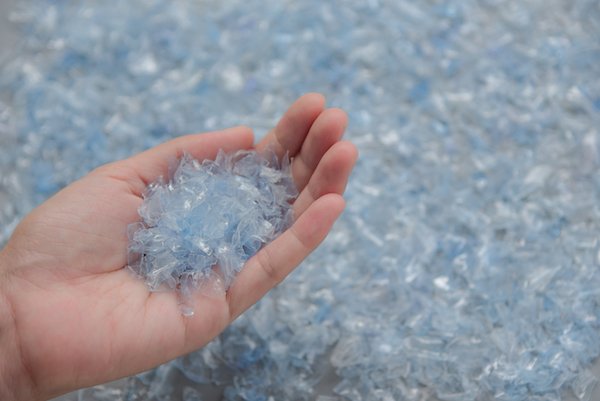
Commonly used is RPET, which is the abbreviation of Recycled Polyethylene Four Algae. We will explain more about PET below. But for now, know that PET is the fourth most widely used plastic resin in the world. From clothing to food packaging, PET can be found everywhere. If you see the term "RPET" it means that the PET used in the product should come from a previously used source.
What is PET?
To be clear, every plastic you've ever used is made using a specific polymer. PVC milk bottles will be made of a different material than PET water bottles.
PET is made from crude oil. The process of extracting crude oil from the ground seriously affects the environment. To make molten PET, you use an alcohol called ethylene glycol and mix it with terephthalic acid. When the two products are bonded together, an esterification reaction occurs, resulting in the long-chain polymer PET.
We choose polymers based on the properties of the final product. PET is a thermoplastic. This means it can be easily bent into the desired shape by heating, and then it retains its strength once cooled. PET is lightweight, non-toxic and extremely durable. This is why it is the preferred packaging material for the food and beverage industry.
Advantages and Disadvantages of PET
PET has many advantages, including durability, versatility, and being cheaper than other options. PET can be recycled, just like any other plastic. In the UK, only 3% of PET bottles were recycled in 2001. That figure rose to 60% in 2014, as beverage manufacturers switched to PET bottles whenever possible and more national recycling programs made recycling easier.
PET has one of its biggest weaknesses. PET is a very powerful compound and it takes 700 years to degrade into the soil. Although PET recycling has made significant progress over the past decade, much more needs to be done. Many parts of the world
Is PET used only for packaging?
No. The plastic bottle industry is the world's largest PET user, accounting for 30 percent. However, this is not the only case. Although PET is often called polyester, many of the clothes in your closet are probably made from PET. Do not allow the liquid to mold into the container it is creating. Instead, it passes through a spinning filament (almost a shower head) and forms long strands. These strands can be woven together to make a lightweight, durable fabric. Polyester is the most used man-made fiber in the textile industry. Polyester is easier to produce than cotton and less susceptible to price fluctuations due to weather conditions. The clothing you are currently wearing probably contains polyester. Polyester is widely used to make tents and conveyor belts. Polyester can handle almost anything that needs to be light and durable.
There are already mountains as big as small cities, full of PET plastic. These landfills are increasing every day due to our heavy use of PET.
PET plastic is a very durable compound. If PET plastic ends up in a landfill, it will take 700 years to decompose. There are places on earth with mountains as big as small cities, but they are all made of PET plastic.
So, how can RPET solve our world's plastic pollution problem?
RPET basically breaks down already manufactured plastic (usually plastic bottles) into small flakes. The PET at the core of each bottle is separated by melting these flakes. PET can be used to make everything from sweaters to other plastic bottles. This PET is 50% more energy efficient than making PET from scratch. Additionally, existing bottles can be used to make PET, which means they don't end up in landfills. This allows us to leave this world. Instead of extracting key ingredients from crude oil, which can be extremely disruptive, we utilize a vast amount of products that could otherwise go directly to landfill.
https://www.ecorivta.com/rpet-classic-diamond-type-lattice-cosmetic-bag-mcbr024-product/

Related News
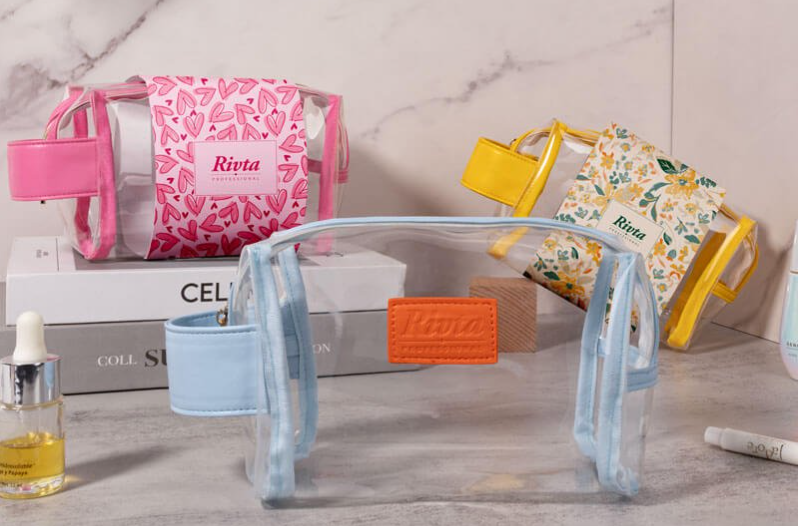
Is Your Cosmetic Bag Compliant? Navigating Prop 65 and REACH for PVC Products
Sep .09.2025
You are launching a PVC cosmetic bag. But you are worried about complex chemical regulations like Prop 65 and REACH, and the huge risks of getting it wrong.
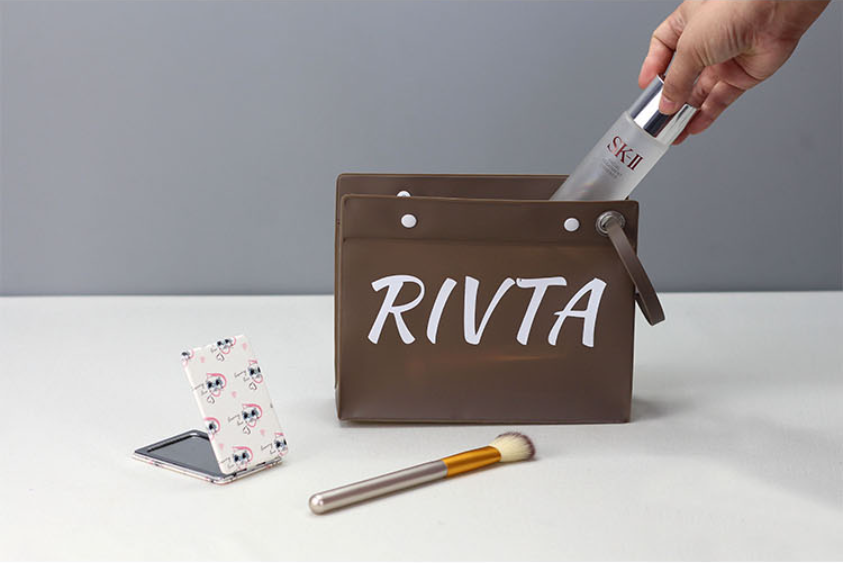
Sourcing Custom Printed PVC Cosmetic Bags: A B2B Guide
Sep .09.2025
Sourcing custom PVC bags can feel like a gamble. You worry if the quality will be right, if the colors will match, or if your delivery will be on time.
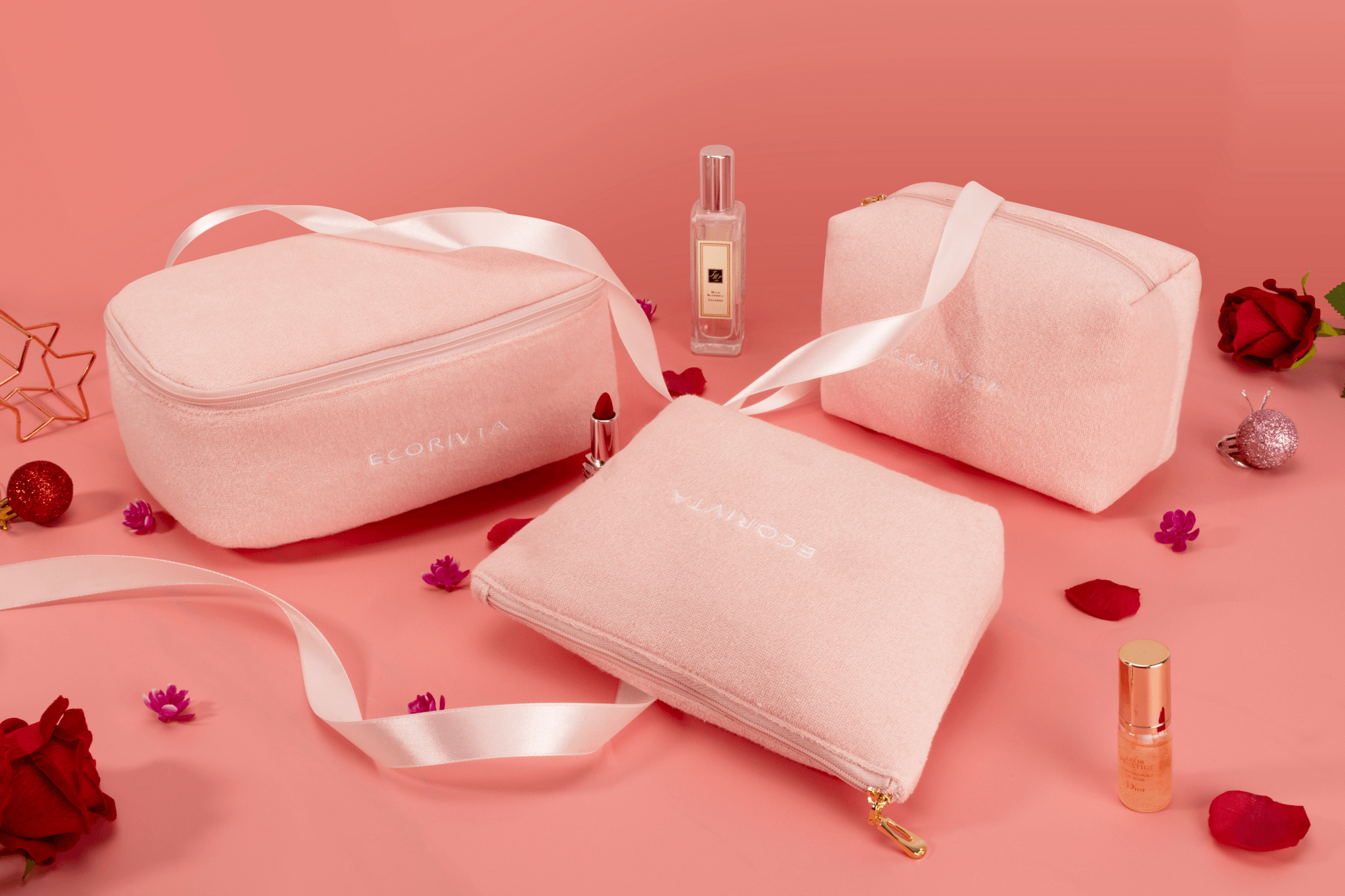
Material Selection in OEM: A Guide to Eco-Friendly Options for Your Cosmetic Bags
Sep .05.2025
Want to create eco-friendly bags but feel lost in all the material options? A wrong choice could mislead customers, hurting your brand's sustainable promise and wasting your investment.
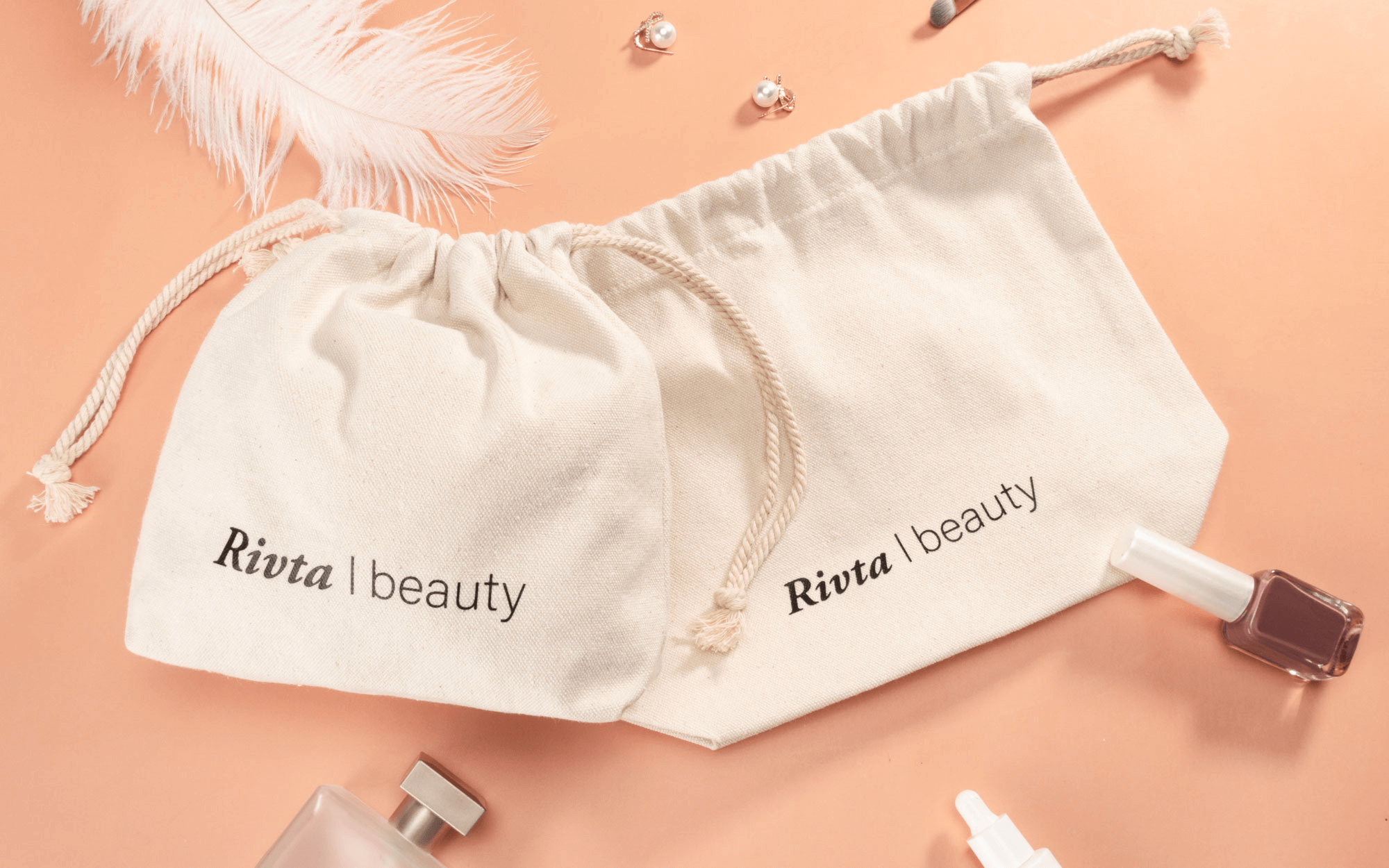
The Complete OEM Guide: How to Manufacture Custom Cosmetic Bags?
Sep .05.2025
Feeling overwhelmed by the idea of turning your design into a final product? The OEM manufacturing process seems full of technical terms and hidden steps, leaving your brilliant ideas stuck on paper.

















